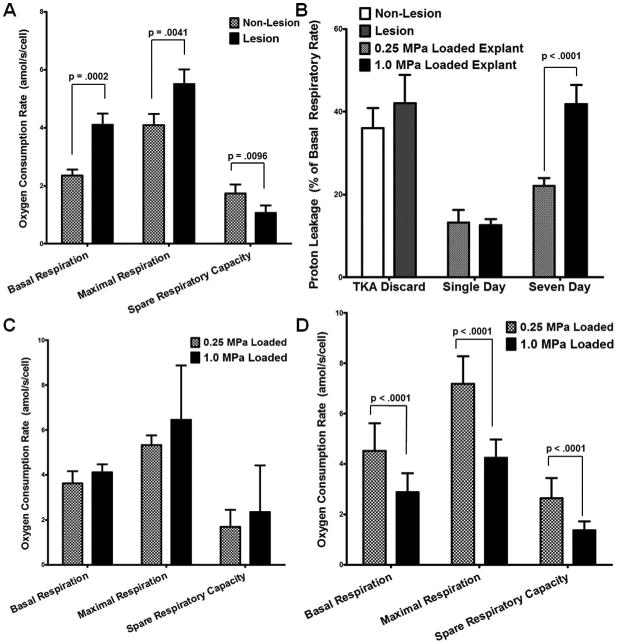Figure 3. Repeated injurious loading compromises mitochondrial function to a similar but not identical degree to changes observed in osteoarthritis.

As previously shown, human osteoarthritic chondrocytes display increased basal and maximum mitochondrial oxygen consumption, relative to intact tissue, as well as a strong trend towards a decrease in spare respiratory capacity (A) and an increase in proton leakage (B), indicating mitochondrial dysfunction. After single day cyclic loading, bovine chondrocytes demonstrate no significant differences between 0.25 and 1.0 MPa loading (C). After 7 loading sessions, significant losses in basal respiration, maximum respiration, and spare respiratory capacity were observed in the overloaded explants (D). We also observed significant increases in proton leakage associated with overloading, similar to those observed previously in arthritic chondrocytes (18) though less significant (B). We expressed proton leakage as a % of basal function, a likely source of this distinction. Data represent the mean of at least 4 wells per explant, standard error of the mean of n = 5 for bovine data and n = 18 for human data, p-values as indicated. These data suggest that damage similar to that observed in human arthritic chondrocytes is occurring within the mitochondria of overloaded cartilage.
